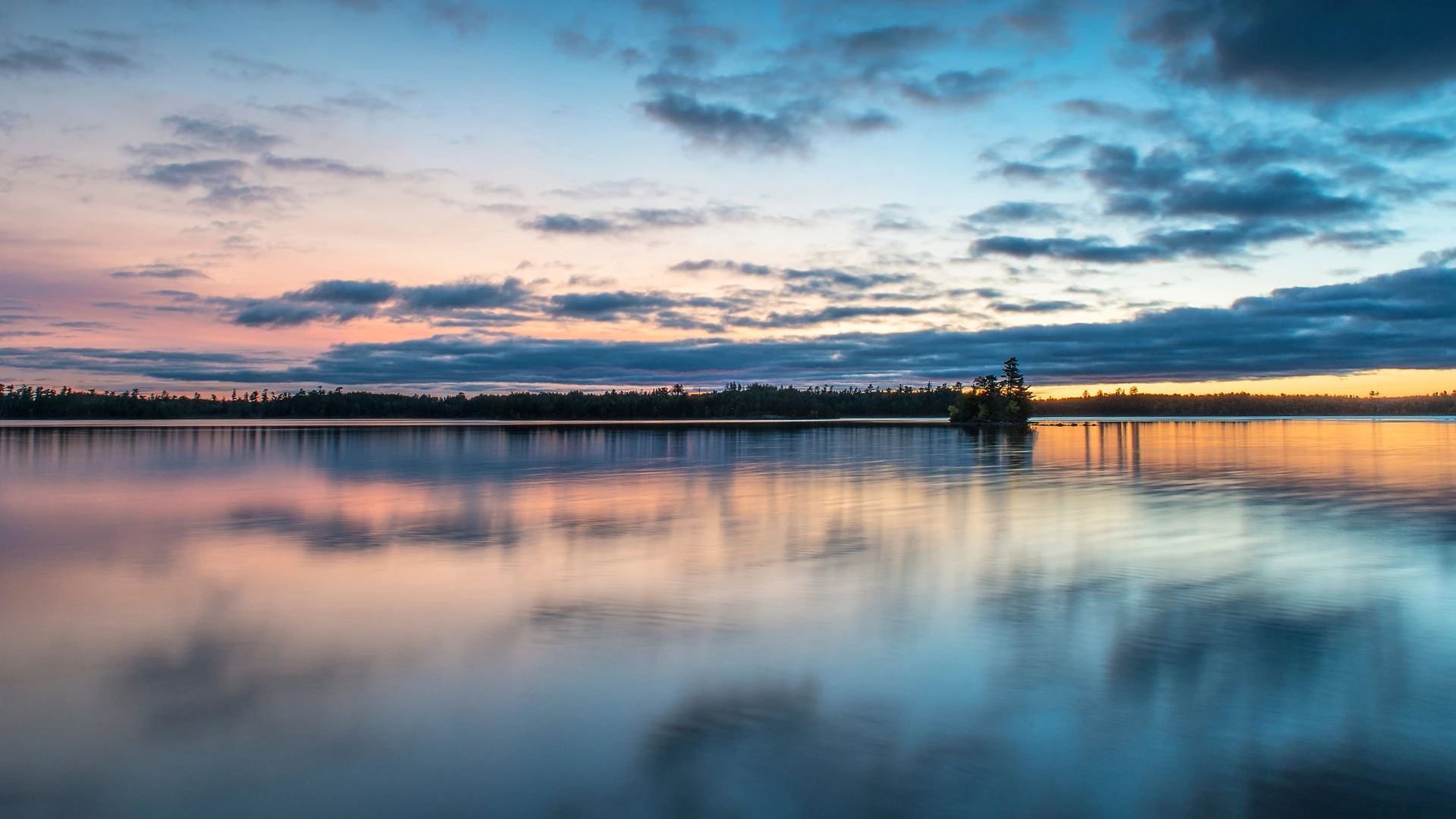边界水域独木舟区荒野区, 明尼苏达州, 美国 Boundary Waters Canoe Area Wilderness, Minnesota (© s.tomas/Shutterstock)
边界水域独木舟区荒野区, 明尼苏达州, 美国 Boundary Waters Canoe Area Wilderness, Minnesota (© s.tomas/Shutterstock)
享受宁静 'Embrace Serenity
独木舟区荒野, 明尼苏达州, 美国
这里是位于明尼苏达州东北部的边界水域独木舟荒野区。该区域跨越超过100万英亩,由相互连接的湖泊、河流和针叶林组成。这里的地貌由冰川雕琢的水道、岩石露头和茂密林地交织而成,为驼鹿、狼、鸥鸟及无数其他物种提供了理想栖息地。该地区拥有超过1200英里的皮划艇航线和2000多个露营地,为人们提供了难得的与自然亲密接触、享受宁静的机会。
Annivesary of the Wilderness Act of 1964
The Wilderness Act of 1964, passed 61 years ago today, established the legal definition of wilderness in the United States. Its purpose was to preserve areas 'where the earth and its community of life are untrammeled by man.' This landmark legislation created the National Wilderness Preservation System, protecting millions of acres from development, roads, and mechanized use.
Among the most iconic areas protected under this act is the Boundary Waters Canoe Area Wilderness in northeastern Minnesota. Spanning over one million acres, it is a vast expanse of interconnected lakes, rivers, and boreal forests. The landscape is a mosaic of glacially carved waterways, rocky outcrops, and dense woodlands, offering a haven for moose, wolves, loons, and countless other species. With over 1,200 miles of canoe routes and more than 2,000 campsites, it provides a rare opportunity for solitude and immersion in nature. The Wilderness Act laid the foundation for safeguarding places like the Boundary Waters, ensuring they remain wild and untouched for future generations to experience and cherish.

评论已关闭